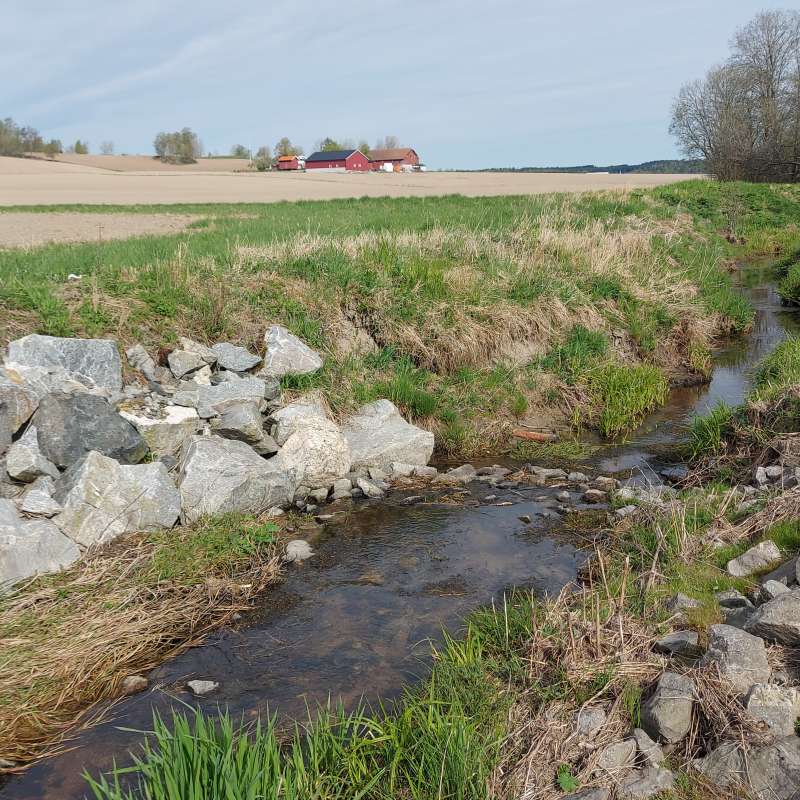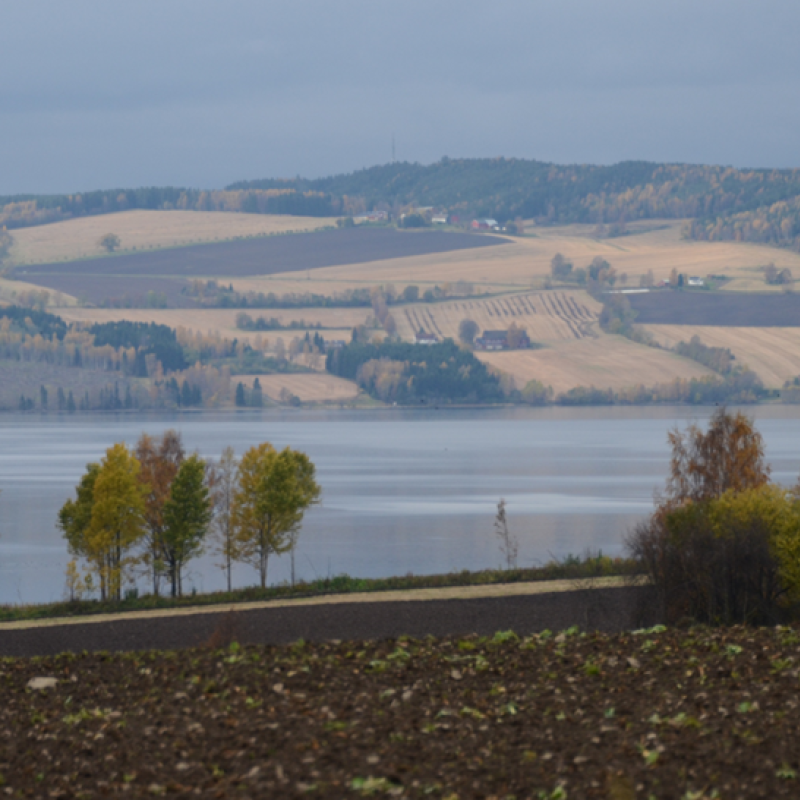Robert Barneveld
Research Scientist
(+47) 968 51 427
robert.barneveld@nibio.no
Place
Ås O43
Visiting address
Oluf Thesens vei 43, 1433 Ås
Abstract
SWAT+ modelling and scenario results for changes in nitrate leaching to shallow groundwater in the Himmerland catchment, Denmark, with afforestation, set aside and fertilization reduction. Results are calculated for present and future climate conditions.
Authors
Robert BarneveldAbstract
Peat soils have been the subject of human interest for many centuries. Extraction of turf for fuel and drainage for cultivation are centuries old economic activities that have altered the environment of peat-rich landscapes. In Norway, the drainage of peat soils is mainly associated with cultivation and with attempts to facilitate wood production. The purpose of drainage is lowering the water table and thus creating favourable conditions for root development and trafficability. The shift from anaerobic to aerobic conditions causes organic material to decompose; a process that produces CO2. This process can be stopped only by restoring the water table to its original level. Peat restauration is commonly carried out by blocking or filling the open drainage ditches. The effect of restauration on the hydrology of the individual peat bog and the associated landscape is not well understood. It is the domain of contrast: hydrological connectivity is reduced, but the available pore space (for infiltration) is also reduced. The question of how peat restoration affects landscapes' ability to retain overland flow and prevent flooding downstream has yet to explored fully. Since empirical data are hard to come by, process simulation is one of the few viable options for the evaluation of peat restauration. A raster-based rainfall-runoff model is presented that approaches soil water content dynamically but not fully process-explicit. Typical raster cell dimensions are 10m, allowing for daily timesteps and basins of several hundreds of square kilometres. In the runoff phase, water is distributed instantaneously and routed through the landscape from source to river. Processes that were deemed crucial for process representativeness were included by means of simple approximations. These include snow accumulation and melt, groundwater contribution to base flow, tile drainage and lake water levels. Due to the simple, mass balance driven, groundwater level simulations of the model, the effect of restauration on runoff generation and transmissivity can be approximated. Its spatial explicitness allows for the parameterisation of individual peat restoration projects, and for the assessment of their effects at the local and catchment scales. At present, no measurements are available that can confirm or reject all of the model's results. But due to its modular structure, the model's ability to mimic moments in the hydrological cycle can be tested and improved with measurements of a variety of parameters. Due to its spatially explicit nature, the effects of peat restauration of individual bogs or broader strategies can be explored. Not only does the model provide hydrographs at points of interest, it also shows how groundwater levels changes after restauration and how peat bogs affect the wetness of neighbouring areas. The readily available geospatial data in Norway (soil, land use, terrain, etc.) in combination with the computing power of an off-the-shelf laptop computer allow for a process-based approach to landscape scale process simulation.
Authors
Robert BarneveldAbstract
No abstract has been registered

Division of Environment and Natural Resources
MARCHES - Methodologies for Assessing the Real Costs to Health of Environmental Stressors

Division of Environment and Natural Resources
PATH4MED: Demonstrating innovative pathways addressing water and soil pollution in the Mediterranean Agro-Hydro-System.
Path4Med is a multi-participatory and multidisciplinary project that will pave clear pathways towards zero water and soil pollution in the agro-hydro-system of the Mediterranean sea basin and other European seas through an innovative triple bottom line approach achieving economic, social, and environmental sustainability to ensure human well-being and ecosystems functioning.

Division of Food Production and Society
Agricultural mitigation measures and the value of water quality improvements
Agriculture is one of the main sources of water pollution in Norway, and an important contributor to GHG emissions.
